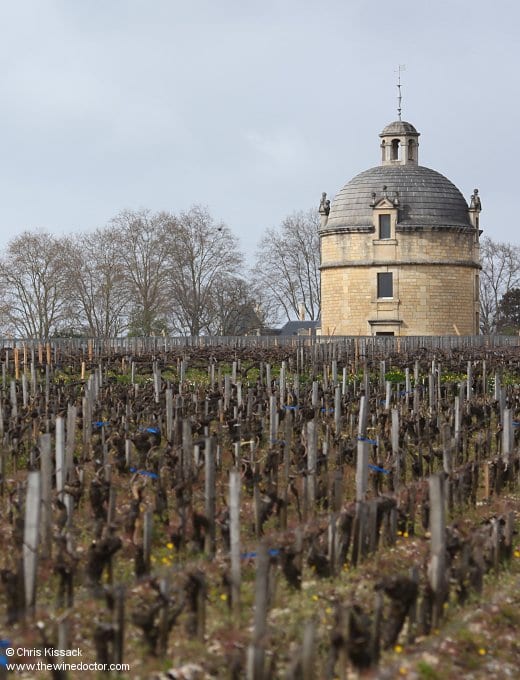Bordeaux 2007 Primeurs: The Médoc Communes
Looking at the communes of the Médoc, from grand first growth properties and super-seconds, down to Cru Bourgeois estates on humbler terroirs, is where we see the 2007 vintage laid bare. There are some very good wines here; not necessarily wines that would stack up against their counterparts from greater vintages such as 2005, but very good wines nevertheless. But there are also a great number of less interesting wines; not many truly bad wines, with just a handful showing overtly green, unripe characteristics, but simple and serviceable wines that are likely to do their work from the restaurant lists of the future. Many do not show a lot of substance, body, flesh or texture, call it what you will, through the midpalate, and thus the tannins are quite exposed here instead of appearing at the finish as we might hope. The acidities are good enough, and in fact many wines resemble analytically – looking at the IPT (basically, tannins) and acidity levels – the 2006s, despite the fact that they taste very different on the palate. Some wines, however, including some leading names of these communes, were surprisingly underwhelming.
At Margaux tales were told of the miraculous recovery, as I have described in my introduction, that these wines represent, the vintage saved here by three weeks of warm weather and a dry wind, ridding the vineyard of mildew and oidium at a glance. Here 20% of the harvest went into generic Margaux, higher than the usual figure which which since 1997 has typically been 5-10%. The pickers arrived at the property on September 28th, but only began work in the vineyard on October 1st, starting with the Merlot. The Cabernet Sauvignon was ready for harvesting just two days later on October 3rd, long before the Merlot had all been gathered in. As I have already discussed this is very unusual, as the Cabernet would not usually ripen until a week or two after the Merlot, but it reflects the unusual climactic conditions of the year. Merlot, planted on cooler clay soils, needed extended ripening after the disappointingly chilly summer, whereas the Cabernets, on gravel, faired better.

